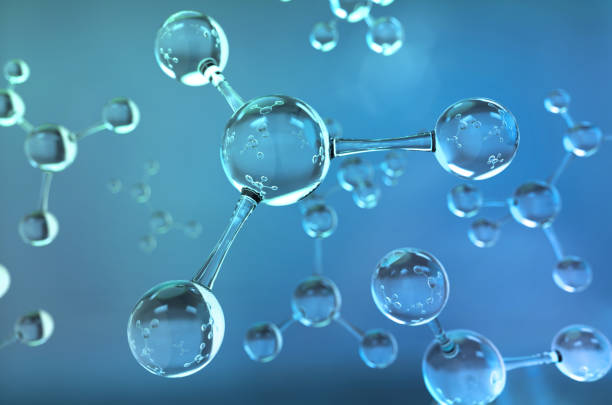- info@udayanam.com
- +91 522-3525290
- Udayanam Institute

Protons are
subatomic particles that are primarily composed of quarks, which are elementary
particles that combine to form protons and neutrons. Quarks are classified into
six types or flavors: up, down, charm, strange, top, and bottom.
A proton consists of three quarks—two "up" quarks
and one "down" quark. The combination of these quarks gives the
proton its positive electric charge. Specifically, the composition of a proton
is as follows:
Two "up" quarks (u): Each "up" quark
carries a fractional electric charge of +2/3.
One "down" quark (d): The "down" quark
carries a fractional electric charge of -1/3.
The electric charges of the three quarks add up to +1, which
is the net charge of the proton. This is one of the basic building blocks of
matter, and protons are essential components of atomic nuclei, playing a vital
role in the structure of atoms and the chemistry of matter as we know it.
As of my last update in September 2021, quarks are
considered elementary particles, which means they are not made up of smaller
constituents. In the Standard Model of particle physics, quarks are among the
fundamental building blocks of matter, along with leptons and gauge bosons.
Quarks are believed to be point-like particles with no known substructure. It
is made up of preons. There is no scale to measure the preons.
There are six types of quarks, also known as
"flavors":
Up quark (u)
Down quark (d)
Charm quark (c)
Strange quark (s)
Top quark (t)
Bottom quark (b)
Quarks combine to form protons and neutrons, which are the
constituents of atomic nuclei. For example, protons consist of two up quarks
and one down quark, while neutrons consist of one up quark and two down quarks.
It's important to note that
the understanding of particle physics is an ongoing field of research, and new
discoveries or models beyond the Standard Model could potentially shed more
light on the nature of quarks in the future.
Origin of
atoms -
They were formed right after the "Big Bang" when our universe
originated from pure energy some billions of years ago. The energy was
converted to the elementary particles (quarks, gluons, leptons etc.) from which
protons and neutrons were formed. From these, atoms of different elements were
produced.
Atoms consist of electrons revolving around the nucleus. The nucleus has
protons and neutrons. All these subatomic particles are made of quarks, gluons
etc. which were generated after the Big Bang.